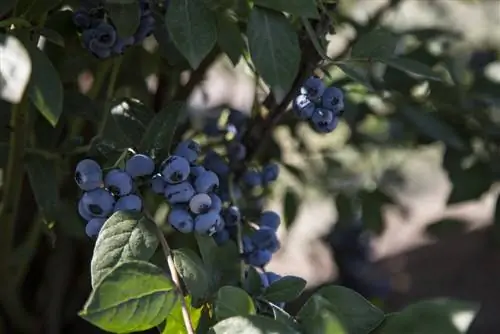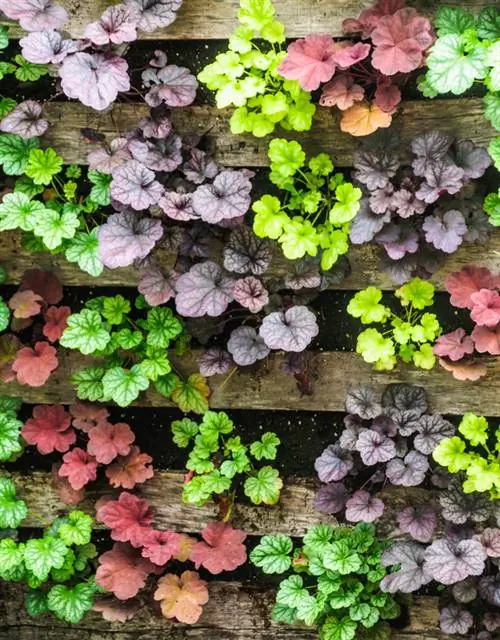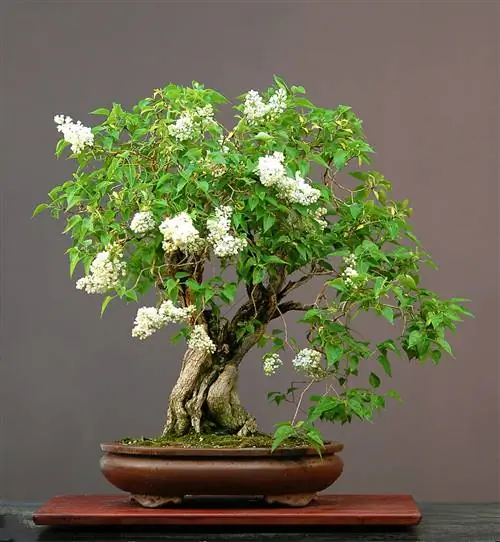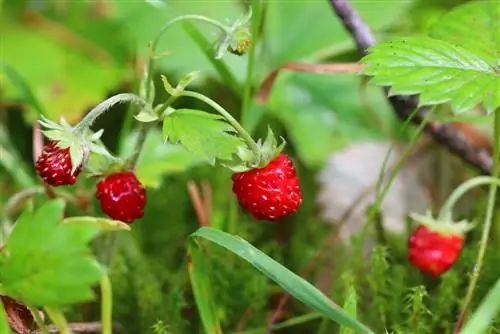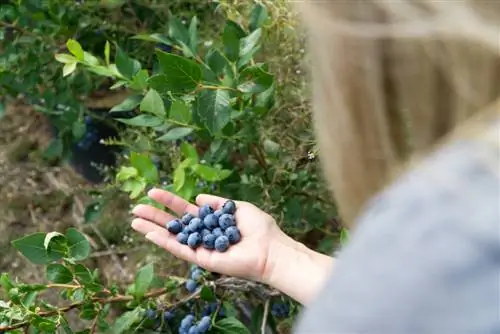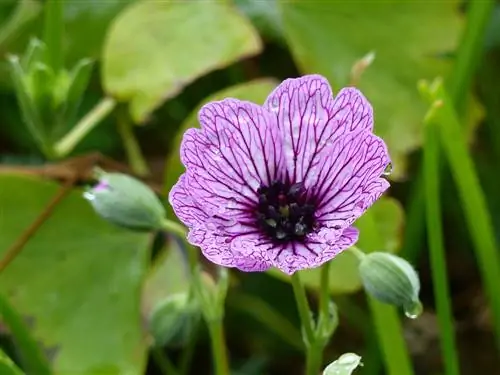- Author admin [email protected].
- Public 2023-12-16 16:46.
- Last modified 2025-06-01 06:02.
During the heat of midsummer, most garden owners are grateful for the shade cast by trees and houses in their garden. However, since sunny locations are necessary for growing many types of vegetables and fruits, only selected types of berries are available for harvesting from the shady part of the garden, in addition to certain herbs.

What berries can you grow in the shade?
Berry varieties that thrive in the shade include raspberries, blackberries, cranberries, blueberries, wild strawberries and gooseberries. For optimal yields and he althy plants, site and soil conditions should be taken into account.
Raspberries and blackberries - a shadowy existence with risks
Many raspberry and blackberry varieties prefer sunny or semi-shady locations, but they can usually cope with a lot of shade. However, when it comes to raspberries and blackberries, you have to be prepared for the fact that the yields in the shade are not necessarily intoxicatingly plentiful. In addition, the fruits in the shade can spoil more quickly on the plants due to the slower drying time after periods of wet weather. The susceptibility to fungal diseases is also generally higher when growing berries in the shade than when planting them in sunny or partially shaded garden areas.
Cranberries, blueberries and wild strawberries
Cranberries and wild blueberries occur naturally mainly in relatively dense forests with acidic soil. These typical moor dwellers also tolerate a very shady location in their home garden. However, in order to thrive, you should make sure that at least the top layer of soil consists of a rather acidic, peaty substrate. While the berries of wild blueberries, like the much larger cultivated blueberries, can be eaten directly from the bush, cranberries are usually used for preserving. This is how you can easily make the following cranberry products yourself:
- Compote
- Jam
- Jelly
Wild strawberries do not need acidic soil, but like blueberries and cranberries, they thrive even in very shady garden areas.
Growing gooseberries in the shade
Gooseberries produce good yields in very sunny locations, but in very hot summer weather problems can sometimes arise with the fruits, which can literally overcook, especially on standard gooseberries. For gooseberries, you should therefore choose a location that is in the shade at least during midday.
Tip
The Kamchatka honeysuckle, also sold as Mayberry, is still relatively unknown. Its blue fruits are similar in taste to blueberries, but the plant places less demands on the location than a blueberry bush.

